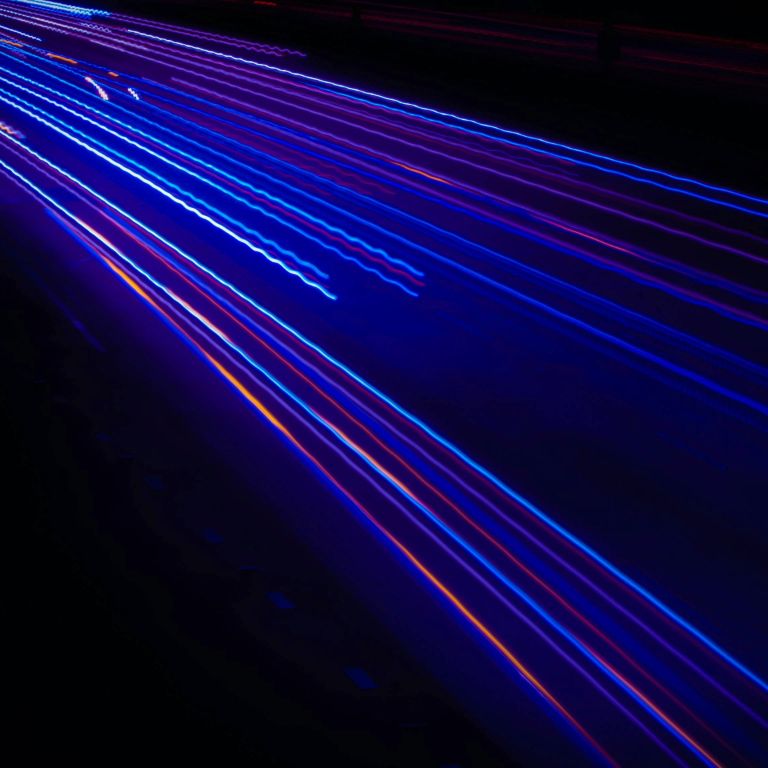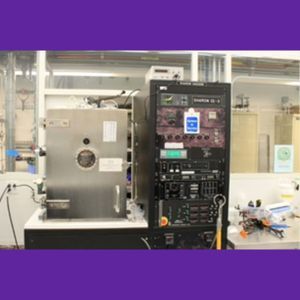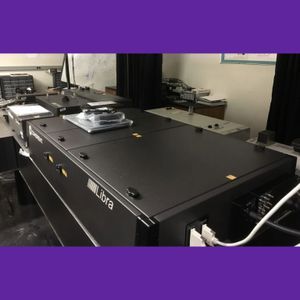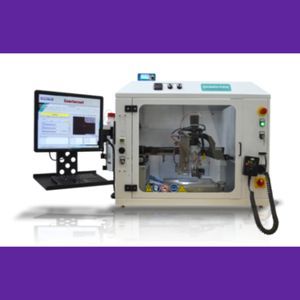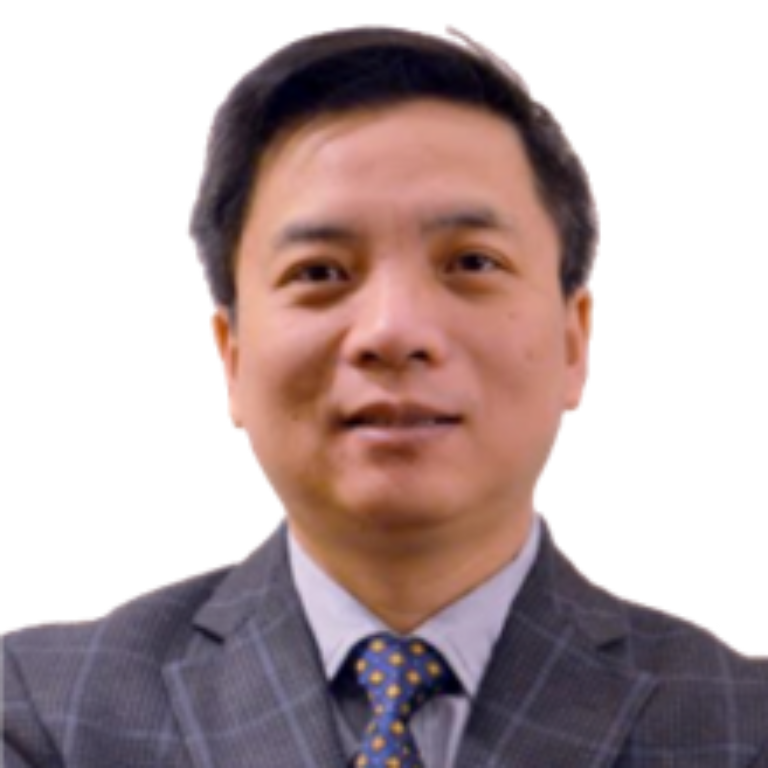Research Projects
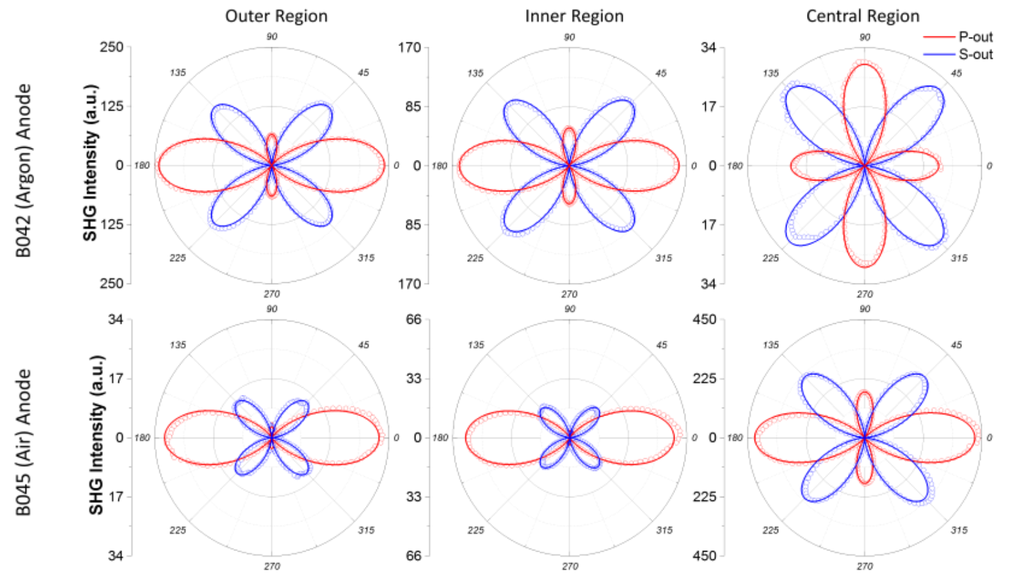
Electric field-induced second harmonic generation (EFISHG) and photoluminescence spectroscopy were used to study local structural changes at electrode interfaces in reduced and oxidized Fe:STO single crystals at room temperature. Results show that ionic displacements along the applied field axis lead to electrostrictive distortions which are described by Fe:Ti-O bond stretching and bending effects in Fe:Ti-O6 octahedra. Differences in the EFISHG responses of the oxidized and reduced crystals are explained by the Schottky barriers and built-in electric fields at their metal-dielectric interfaces which depend strongly on local oxygen vacancy concentrations. The built-in electric field in the interfacial depletion region is revealed to be greater in oxidized Fe:STO compared to reduced Fe:STO, leading to stronger structural changes at low dc voltages in the reduced crystal compared to the oxidized one. Structural differences between the reduced and oxidized Fe:STO cathodes are indicated by both EFISHG and photoluminescence measurements, showing that the clustering of oxygen vacancies at the reduced cathode leads to deviations from tetragonal (4mm) symmetry.
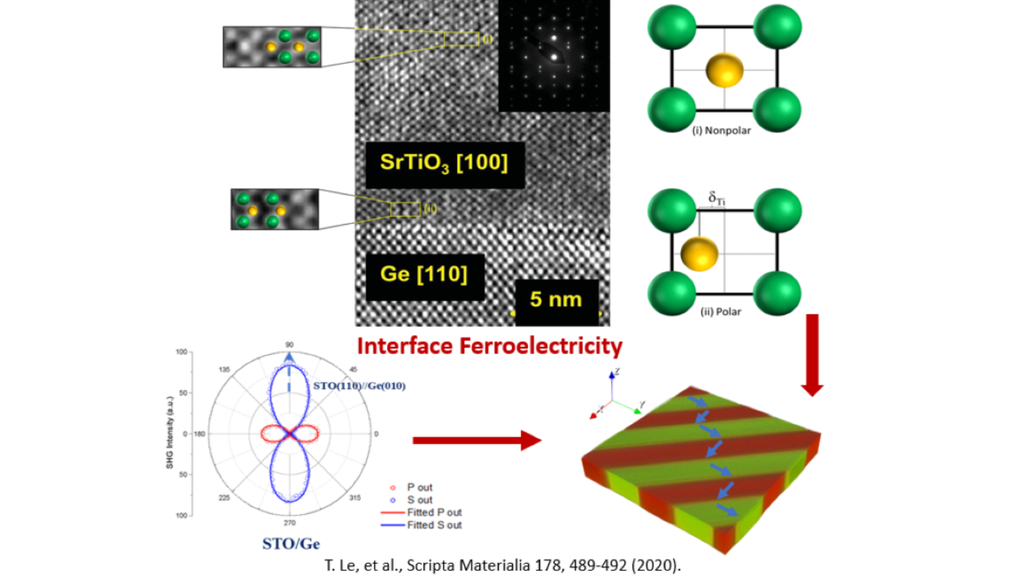
The ability to manipulate electric polarization at reduced dimension has recently generated intense research interests. In our research, we show that the monolithic integration of ultrathin (~2 nm) STO films on the Ge substrate creates a stable and well-defined interfacial ferroelectricity. Second harmonic generation (SHG) measurements, combined with structural analyses and phase-field modeling (PFM), revealed a room-temperature ferroelectricity in the epitaxial nanometer-thick STO films. PFM results based on the coherent, bi-axial tensile misfit suggest a strain-stabilized tetragonal phase with an in-plane long axis. The non-centrosymmetric phase is ferroelectric with an a1/a2 twinning domain structure. The results are consistent with the SHG and high-resolution transmission electron microscopy (HRTEM) analyses. The former reveals a net polarization along the [110] in-plane direction, while the latter directly displays a large, collective Ti ion displacement in the perovskite unit cell of STO. We confirm a displacive phase transition of the 2 nm STO film from paraelectric to ferroelectric. Our study shows that ultrathin oxides can be integrated on semiconductors with enhanced functional properties relevant to emerging nanoelectronic devices.

When dielectrics are used as energy storage components/”capacitors”, improving energy density and reducing hysteresis loss are extremely important for these devices to stay competitive with batteries and supercapacitors. In our research, we show that the ultra-slim P-E loops of the Ba (Zr0.2,Ti0.8)O3 (BZT) films are attributed to their nanoscale phase boundaries and adaptive domain structures. Phase field calculations that incorporate the effects of quenched disorder have been able to reproduce the slim P-E loops observed experimentally; this suggests that the record energy storage density and efficiency would not occur without either competing states or quenched disorder and interactions necessary to nucleate clusters. This is in agreement with the revealed complex domain components and their distributions by nonlinear optical spectroscopy, TEM, and XRD in the BZT films. At the optimal Zr doping of 0.2, we show that the effect of (typically small amounts of) quenched disorder results in the spontaneous emergence of electronic nanometer-scale structures and mixed phases. Their dramatic properties are very different from those of a slightly impure material, and disorder in the regime of phase competition is not a mere perturbation; it alters qualitatively the properties of the material. Our research provides new ideas for generating robust prototype fabrication processes for unique energy storage devices exhibiting ultrahigh energy density, reliability, and cycling efficiency.


